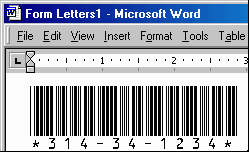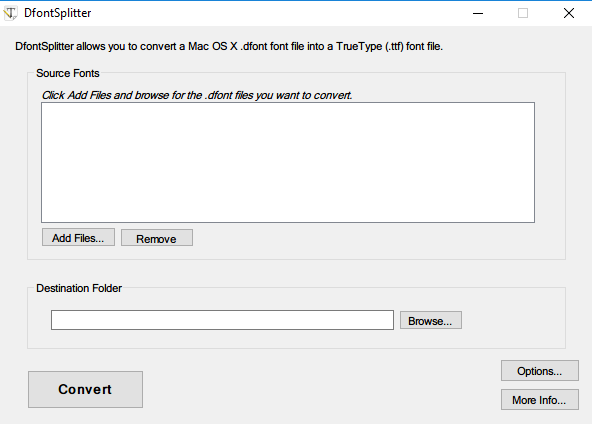

This privacy notice provides an overview of our commitment to privacy and describes how we collect, protect, use and share personal information collected through this site. Pearson Education, Inc., 221 River Street, Hoboken, New Jersey 07030, (Pearson) presents this site to provide information about Peachpit products and services that can be purchased through this site.
#FREE TRUETYPE FONTS FOR MAC MAC OS#
I discussed the basics in Chapter 3, when Ipresented an overview of Mac OS X. You still double-clickicons in the Finder to launch them you still choose the Save command from anapplication's File menu to save a document you still open a folder icon tosee its contents.īut you will soon notice some significant differences: a new column view, avery different Apple menu, the Dock.
#FREE TRUETYPE FONTS FOR MAC MAC OS X#
Many users maynever explore Mac OS X beyond its Aqua layer.įrom this perspective, a user upgrading from Mac OS 9 will feel quite athome, at least initially. International language support: troubleshootingįont utilities The Layers of Mac OS X: AquaĪqua is the name given to what most users think of when they think of Mac OSX: the user interface, the Finder, the Dock, the windows, the translucentbuttons, the high-resolution icons, the menus, and all the rest. The Libraries of Mac OS X: Users/"Home"/Library Application Supportįonts in Mac OS X: Font Formats TrueType fontsįonts in Mac OS X: Working with Fonts Font Panel window The Libraries of Mac OS X: /Library Application Support The Libraries of Mac OS X: /System/Library Core Services The Layers of Mac OS X: Graphics Services Quartz The Layers of Mac OS X: Application Environments Cocoa But even if you've never usedMac OS 9, you'll be able to follow along. Each way makes its own contribution to your understanding of the OS.In this chapter, I look at the major ways to "take apart" Mac OS X.Having at least a minimal knowledge of Mac OS 9 will help, as I occasionallymake comparisons between the two OS versions. There are multiple ways to look at it and takeit apart. Thefirst method (slices) is best when you're getting ready to eat the pizza the second is best when you are deciding what to order (such as pepperoni withextra cheese) the third is best if you are concerned about nutrition (needingto know the exact ingredients to calculate calories). Theoretically, you couldalso divide it into its basic ingredients: flour, water, tomatoes, garlic, milk.Each method makes a different contribution to your enjoyment of the pizza. Alternatively, you coulddivide it into layers: topping, cheese, sauce, crust. First, thereis the familiar method of dividing it into slices.

There is more than one way to think about dividing up a pizza.

Mac OS X Disaster Relief, Updated Edition


 0 kommentar(er)
0 kommentar(er)
